When garden space is limited, certain varieties of cucumbers, peppers, squash and tomatoes can be easily grown in large containers. But in order to be successful you must first choose those varieties suitable for growing in containers. These varieties generally will not grow too large for a container. The seed packet or seedling tag information should include whether or not the varieties are suitable for container gardening. Most varieties with "bush" or "patio" in their name do well in containers and many determinate varieties of tomatoes will also do well. Indeterminate varieties do not tolerate container growing very well.
The size and type of container is also important to your success. As to size - the larger the better is the best rule of thumb. Most beginning container gardeners choose pots that are far too small and the plant quickly becomes root-bound and dies. This is not a houseplant remember and most vegetables will require a minimum of at least a 5 gallon container. Determinate varieties of tomatoes, peppers and regular sized garden plants prefer the 8-10 gallon range. Half whiskey barrels, wood planters, large black "nursery" plastic pots and bushel baskets can also be used as well as 55 gallon drums cut in half (an ideal size for most). Clay pots tend to be far too small and as they dry out more quickly than plastic, more watering is required. But any container must have drainage holes in the bottom or root rotting will occur. Place a round fiberglass screen of the same shape and size as the pot in the bottom to prevent soil from washing out of the holes and to bar the entry of pests into the pot.
Soil Mix and feeding are the next important factors. Containers need container mix - bagged potting soil, or you can mix the soil to the exact requirements, giving you better growth and production. They require a loose, well-draining soil generous in organic matter. A good mix consists of one part each of potting soil, one part vermiculite, sphagnum peat moss and compost. Garden soil should be avoided as it is likely to be infested with soil pests, bacterial or fungal disease, and drains poorly in containers. When using compost, make sure temperatures during the composting process were high enough to kill pest organisms or you can add a slow release fertilizer by following label recommendations to each pot. This provides additional nutrients slowly over a longer period when there is active growth and fruit production. Additional nutrition will be required more often with containers as nutrients can quickly leach out with the frequent watering needed but avoid high nitrogen fertilizers as it is the fruit you want, not giant plants.
One problem with container growing is that you have to watch the watering more closely. These plants will dry out far more quickly than if they are planted in the ground. Water holding gels or crystals have been developed to help reduce the watering requirements of container plants. These gels can be added to the soil mix or can already be included in the mix. The gels help to retain moisture in the soil until it is needed by the plant and have the advantage or stabilizing soil moisture levels, something that is a common problem with container gardening. Mulching the soil on the top of the container with moss or straw will also help retain soil moisture and prevent soil splashing up onto the leaves and fruit to cause damage.
Staking the Plant can also be a bit more difficult. A wire cage that encases the entire plant and container works well. Depending on the growth habit of the plant, it may be beneficial to stake it to an adjacent fence or rail. Be sure to place any in-pot stakes in the pot before filling with soil and before you plant. There are several types of staking systems to use depending on the plant. Place the container in a site with full sun and protection from the wind. Check the plants daily for watering needs, 2x a day during hot weather. Don't judge watering needs by the surface soil, work your finger deep into the soil to judge need for water. Don't forget the supplemental feeding and to always water the plant BEFORE feeding. Check plants daily for signs of insect and disease, and keep mature fruits harvested to promote continued production. Happy Gardening.

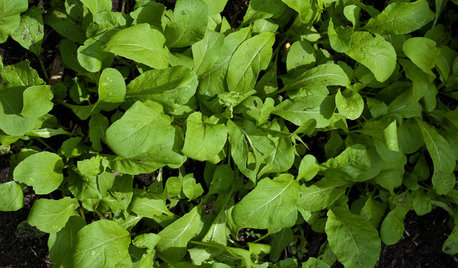
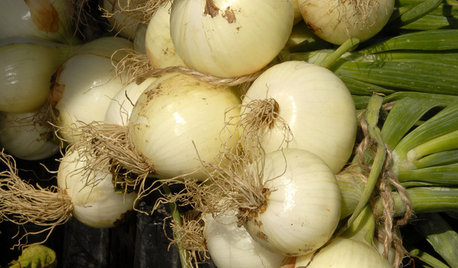

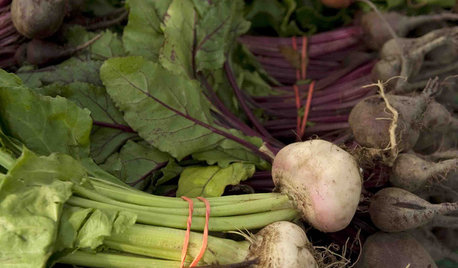
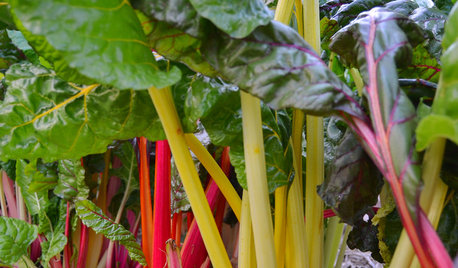


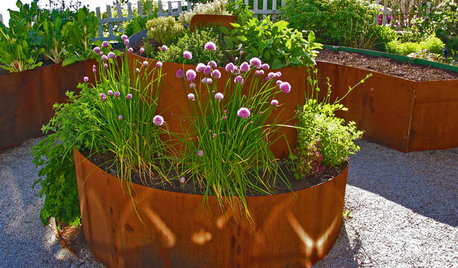




Related Discussions
New to container gardening...
Q
Miracle Gro Organic Topsoil
Q
Review of 'Incredible Vegetables from Self-Watering Containers'
Q
Please recommend safe containers for organic edible plants
Q